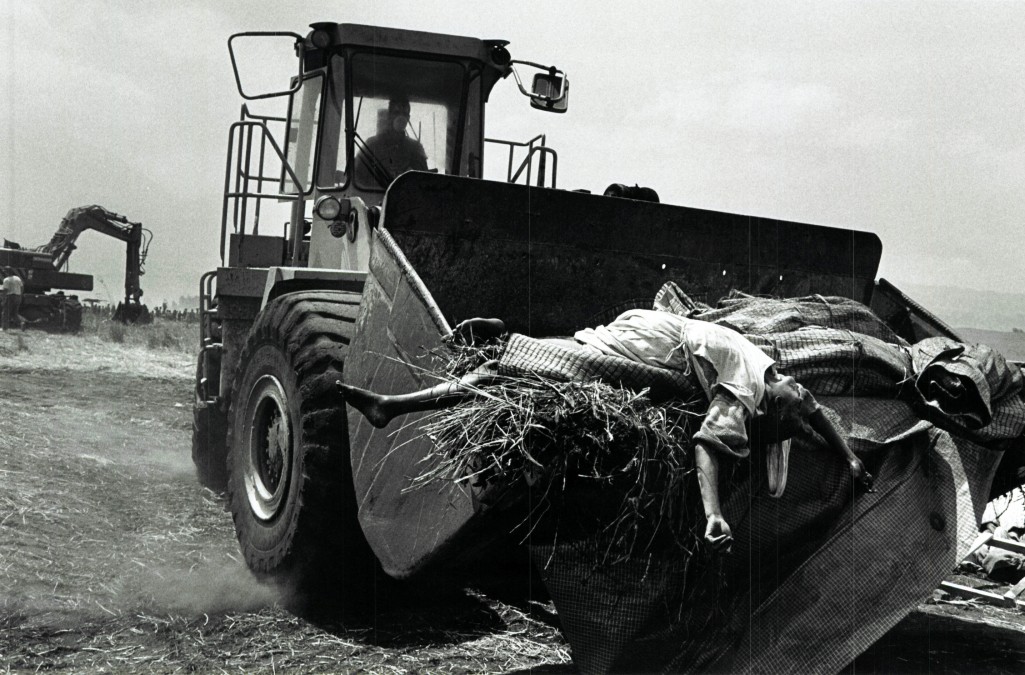Rwamagana slaughter site, as described in Judi Rever’s book ‘In Praise of Blood, The Crimes of the Rwandan Patriotic Front’, page 92-93:
[…] By June 1994, at the height of the genocide, Jean Bosco Kazura, one of the leaders of death squads, had moved on to Rwamagana, east of the capital of Kigali, an area that was now under RPF control. A High Command soldier said Kazura was in charge of about 100 soldiers who hunted down civilians, killed them and dumped them in a pit in neighbouring Rutonde.
“Kazura was personally involved in carrying out and commanding and overseeing those operations of hunting down and rounding up Hutu civilians [in this area east of Kigali], bringing them to a detention house and taking them to the killing site,” said the soldier, who was present during the murders.
In one incident, Hutu women and children who had taken refuge in a Catholic church were taken to Rutonde, where they were massacred and thrown into a pit on top of Tutsi victims who had been killed by Interahamwe earlier in the genocide. Other people were captured and detained at a petrol station before being killed and buried in the same pit.

“Women’s arms were tied behind their backs with their pagnes [wraparound garments] and men were tied with their shirts. They were taken to a detention center at the petrol station in Rwamagana. In the evening they were killed at the station or were taken to the pit and killed there,” the soldier said.
He estimated that at least 600 people were killed in this manner in Rwamagana alone, and more than 2000 in total from the nearby area. A junior officer who was posted there said that, by early July, Kazura was coming to Rwamagana several times a week in his white Land Cruiser. He stayed at the Dereva Hotel, a guesthouse where he had access to women and alcohol.
The junior officer, a quiet, self-assured man named Damas, confirmed that Rwamagana was a microcosm of the style of detention and killing the RPF practised throughout the genocide. Damas was there in July when soldiers at the local gendarmerie barracks killed an estimated 200 Hutu men with guns and hoes. Many of the Hutus had their arms and hands tied behind their backs. Some of them were already dead from gunshot wounds they’d received while they were being rounded up. Damas has vivid memories of the slaughter, which took place under the cover of night in a tent sent up in the barracks compound.
“No one could say no when it was happening or [insist] that it had to stop,” he said. “On a personal level, it was shocking, but we were in a killing situation.”
The bodies were loaded onto three Mercedes trucks and driven to the Akagera Park.
“After it was over, one soldier said aloud: ‘Not all of these bastards are killers. We didn’t have to kill all of them!’ The soldier was then struck in the head with a hoe and brought to a hospital.”
Rever, J., 2018. In Praise Of Blood, The Crimes Of The Rwanda Patriotic Front. Toronto: Random House Canada. pp 92-93
